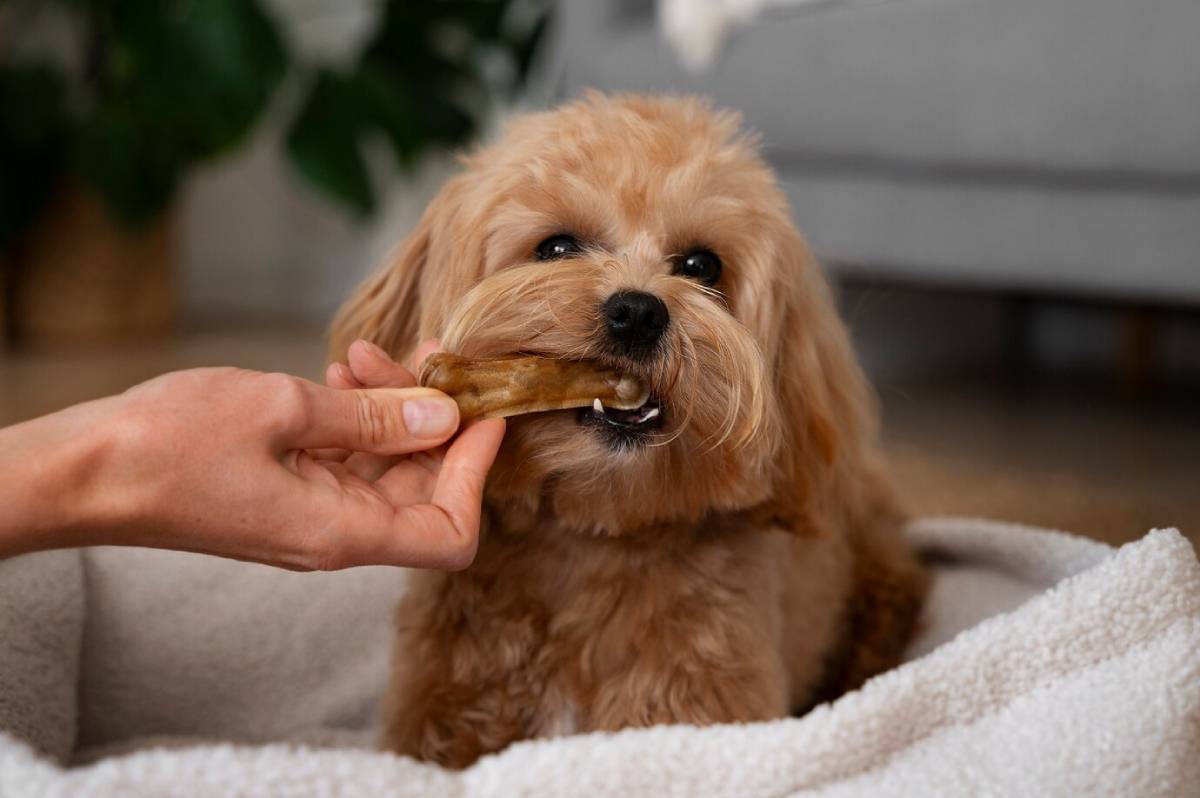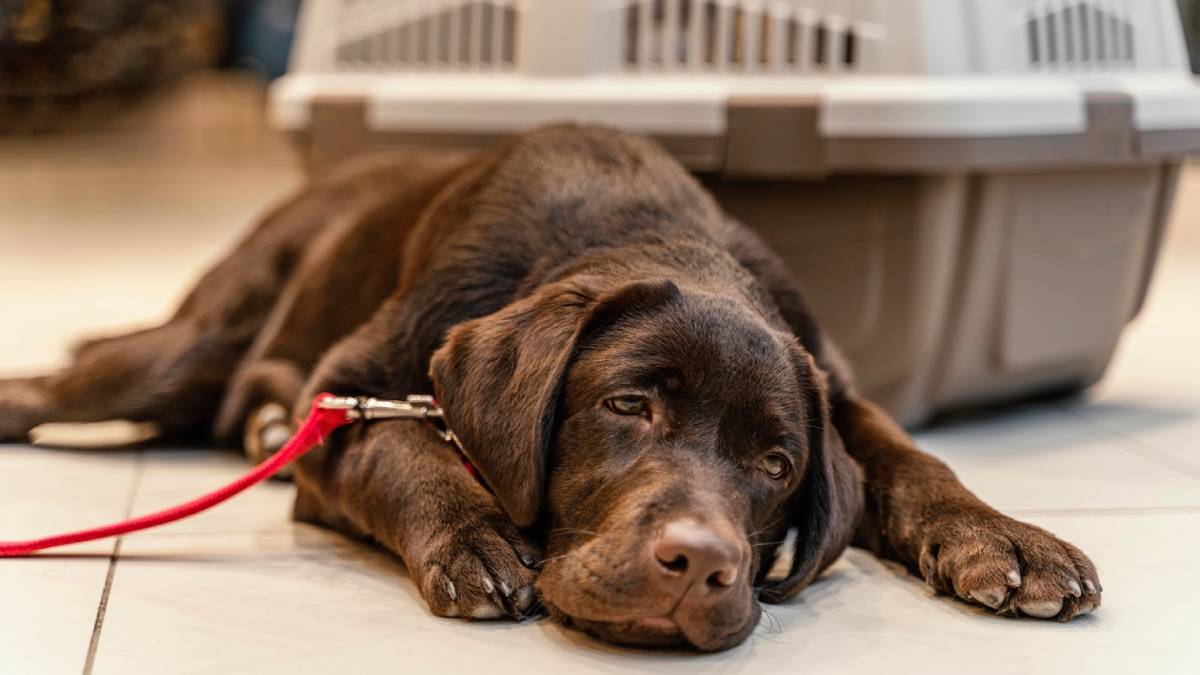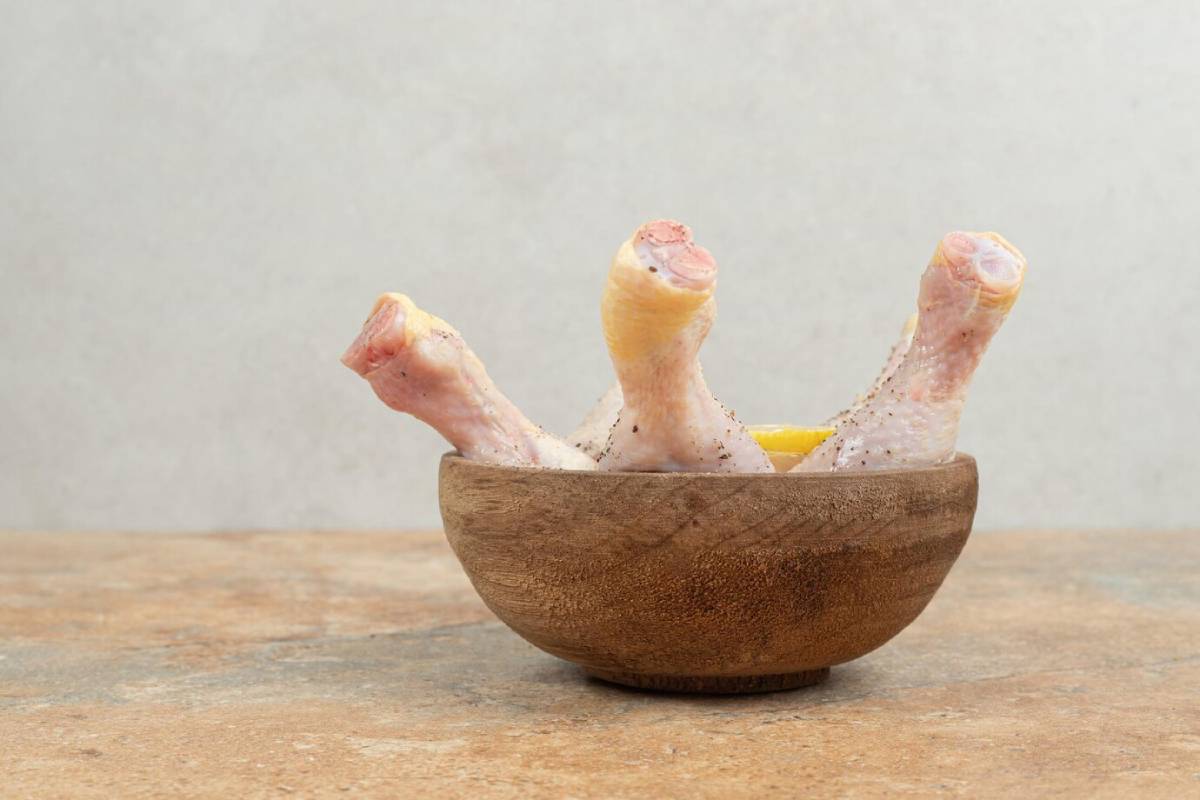
How to Transition Your Dog to a Raw Diet: A Gentle and Safe Approach
Thinking about switching your dog to a raw food diet but not sure where to start? You’re not alone. Transitioning from kibble to raw can feel like a leap, especially with all the opinions flying around online. But here’s the good news: when done right, the raw diet transition can be smooth, rewarding, and incredibly beneficial for your furry friend.
In this guide, we’ll walk you through the process of switching to raw dog food, step-by-step. You’ll learn what to expect, what to avoid, and how to support your dog through this change with confidence. Whether you’re inspired by the potential health benefits or you’ve heard rave reviews from other dog owners, you’ll find practical, research-backed advice right here.
Let’s dive into the world of raw feeding with open minds and wagging tails.
Why Consider Raw Feeding?
Before jumping into the transition, it’s worth asking: why go raw in the first place? The idea behind raw feeding—often referred to as the BARF diet (Biologically Appropriate Raw Food)—is simple. It aims to mimic what dogs might eat in the wild: raw meat, bones, organs, and a small amount of plant matter.
Reported Benefits of Raw Feeding

- Improved coat and skin: Many owners notice shinier coats and less itching.
- Healthier digestion: Smaller, firmer stools and reduced flatulence are commonly reported.
- Better dental health: Chewing raw meaty bones can help reduce plaque naturally.
- Increased energy and vitality: Some dogs appear more active and alert on raw diets.
However, transitioning should be done carefully to avoid digestive upsets or nutrient imbalances. That’s where our guide comes in.
Is a Raw Diet Right for Every Dog?
Not necessarily. While many dogs thrive on raw food, it’s not a one-size-fits-all approach.
Dogs That May Benefit from Raw Feeding:
- Active dogs or working breeds
- Dogs with allergies or sensitivities to commercial kibble
- Dogs struggling with digestive issues or frequent diarrhoea
Dogs That May Need Caution:
- Puppies (due to growth needs)
- Senior dogs or dogs with chronic illnesses
- Dogs with weakened immune systems
Always check with your vet or a canine nutritionist before making major dietary changes, especially if your dog has existing health conditions.
Preparing for the Switch
Preparation is key. A rushed transition often leads to upset stomachs and frustrated owners. But with a little planning, you’ll set your dog up for a successful journey into raw feeding.
Gather Supplies and Ingredients
- A reliable meat source: Start with a single protein, like chicken, to monitor tolerance.
- Meaty bones: For dental health and calcium (e.g., chicken wings or necks).
- Organ meats, Such as liver, which is rich in essential vitamins.
- A digital kitchen scale: To portion meals accurately.
- Storage containers: For freezing and thawing meals safely.
Cleanliness Matters

Handling raw meat means dealing with potential pathogens. Stick to basic food hygiene rules:
- Wash your hands and dog bowls after every meal.
- Keep raw meat separate from human food in the fridge or freezer.
- Disinfect preparation surfaces.
Choosing a Transition Method
There are two main approaches to transitioning:
1. Cold Turkey Switch
This method involves stopping kibble entirely and introducing raw food straight away.
Best for: Healthy adult dogs with no history of digestive issues.
Pros:
- Faster adjustment for some dogs
- Avoids mixing kibble and raw, which digest at different rates
Cons:
- May cause temporary diarrhoea or vomiting
- Risky for dogs with sensitive tummies
2. Gradual Transition
In this method, you slowly replace portions of kibble with raw over 7–10 days (or more).
Best for: Dogs with sensitive stomachs or picky eaters.
Pros:
- Easier on digestion
- Allows for close monitoring of tolerance
Cons:
- More planning and measuring
- Mixing raw and kibble may not agree with some dogs
Pro Tip: If you’re unsure, start with the gradual method. It gives you more control and allows your dog’s system to adapt naturally.
Day-Wise Guide to a Gradual Raw Diet Transition
Here’s a simple 10-day plan to get you started:
Days 1–3: Start Small
- Feed 75% of the usual kibble and 25% raw (usually muscle meat only).
- Stick to one protein (e.g., chicken) and avoid bones or organs for now.
Days 4–6: Increase the Raw
- Move to 50% kibble, 50% raw.
- Introduce soft, edible bones like chicken wings if stools are firm.
Days 7–9: Mostly Raw
- 75% raw, 25% kibble.
- Begin adding small amounts of liver or kidney.
Day 10 and Beyond: Fully Raw
- Aim for a balanced mix:
- 70–80% muscle meat
- 10% raw meaty bones
- 10% of organs (half of that being the liver)
Remember to monitor stools, energy, and appetite at each stage.
Common Mistakes to Avoid
Even well-intentioned dog owners can slip up. Here are some common mistakes to steer clear of:
- Skipping the research: Raw feeding isn’t just “meat and bones”—dogs need a balance of nutrients.
- Feeding cooked bones: Always serve bones raw. Cooked bones can splinter and cause internal injuries.
- Changing proteins too quickly: Stick to one protein source until your dog adjusts.
- Not measuring portions: Overfeeding leads to weight gain, and underfeeding leads to deficiencies.
Real-Life Experience: Milo’s Story
Milo, a 4-year-old Labrador from Cornwall, was struggling with itchy skin and loose stools for months. His owner, Lisa, decided to try a raw diet after a recommendation from a fellow dog walker.
“We started gradually, just chicken and nothing else for the first week,” Lisa shares. “By week three, his coat was gleaming, and his poos were perfect! He’s like a different dog now.”
Stories like Milo’s are not uncommon, but every dog is unique. What works for one may not work for another, so stay flexible and patient.
Ongoing Raw Feeding Tips
Once your dog is fully transitioned, keep the diet varied and balanced. Here are a few golden rules:
- Rotate proteins every 1–2 weeks (e.g., beef, lamb, turkey).
- Add oily fish like sardines once a week for omega-3s.
- Include some plant matter (grated veg or berries) if following a BARF-style approach.
- Use supplements carefully—speak to your vet before introducing calcium, kelp, or vitamins.
When to Seek Help

If you notice any of the following during or after the transition, speak to your vet:
- Ongoing diarrhoea or vomiting
- Lethargy or loss of appetite
- Dry, flaky skin or hair loss
- Weight loss or gain
A canine nutritionist can also help you fine-tune your raw diet to meet your dog’s specific needs.
Remember
- Start simple and go slow.
- Monitor your dog closely.
- Don’t be afraid to ask for expert help.
Your Dog, Your Journey
Transitioning your dog to a raw diet is a commitment—but it’s also a rewarding one. With the right knowledge, patience, and support, you can make the switch safely and confidently.
Raw feeding isn’t just about food—it’s about giving your dog the best possible health from the inside out.
Ready to get started with raw feeding? Leave a comment below with your questions or your own raw feeding journey. Or share this guide with a fellow dog lover who’s thinking about making the switch!


